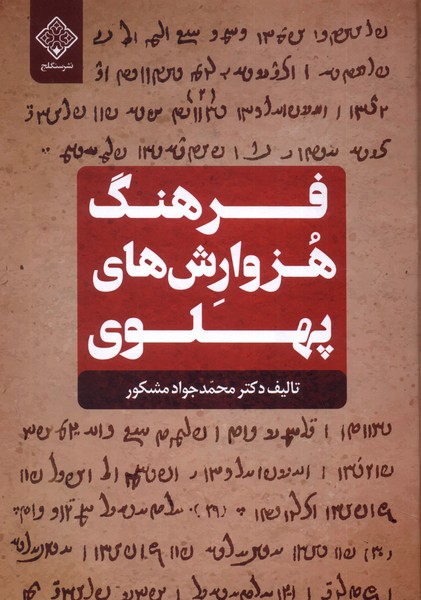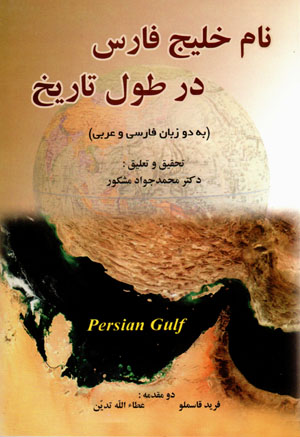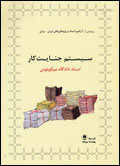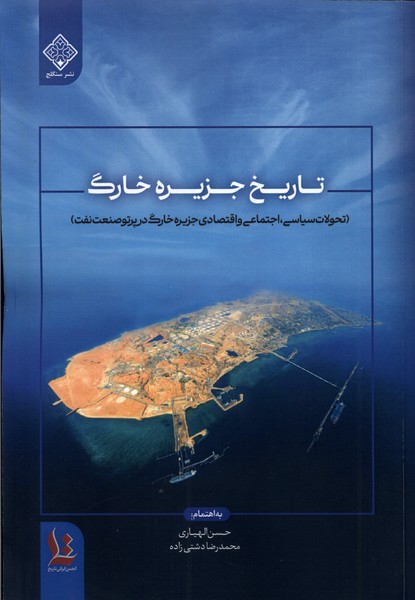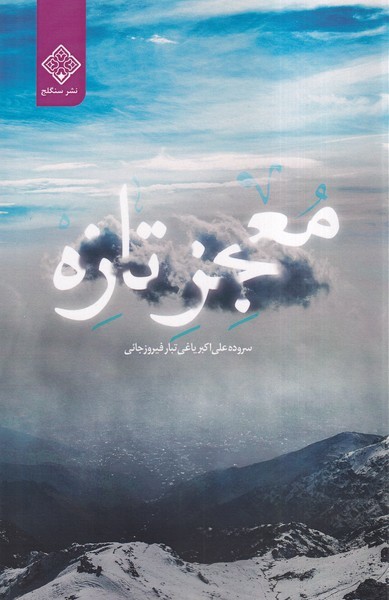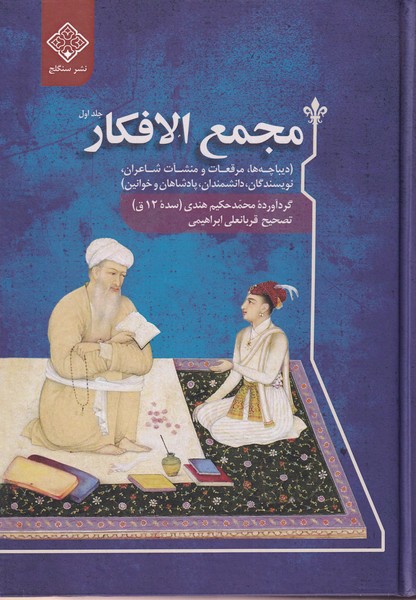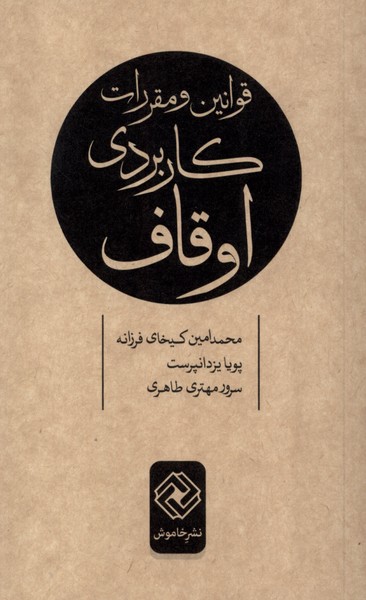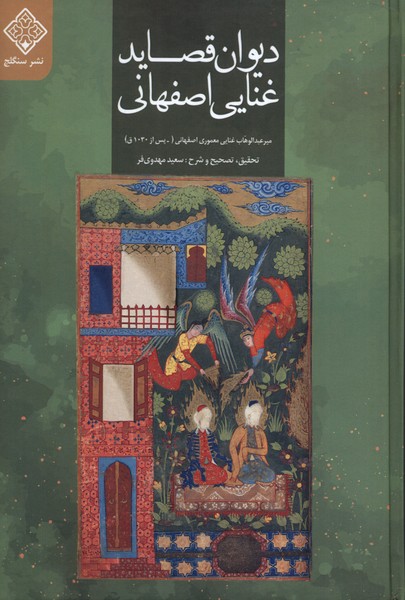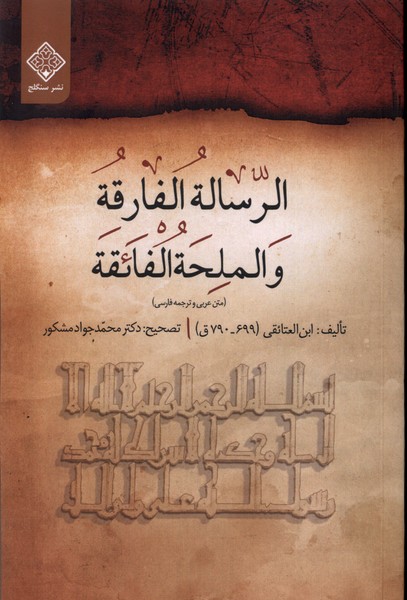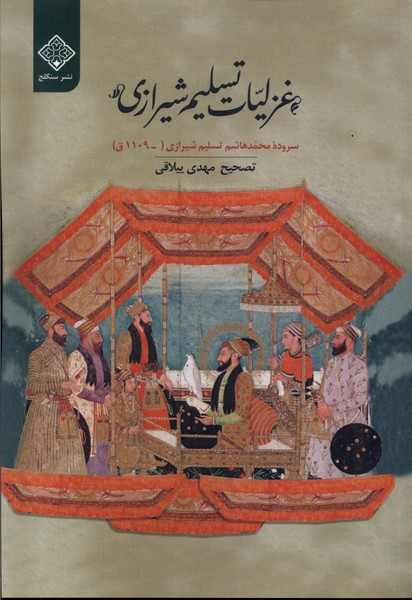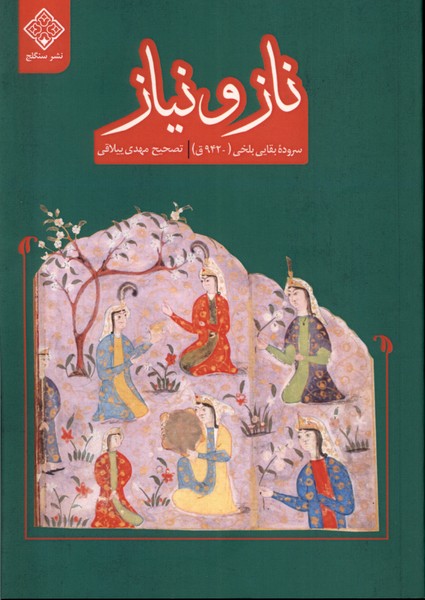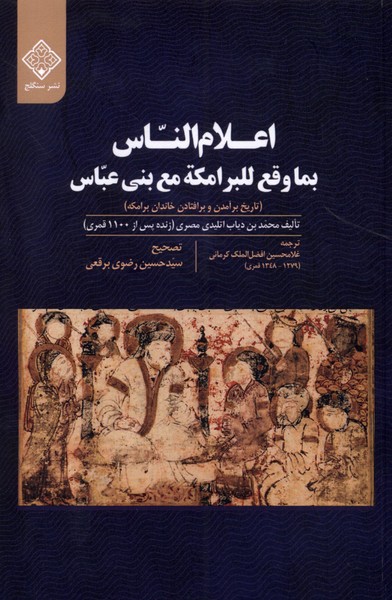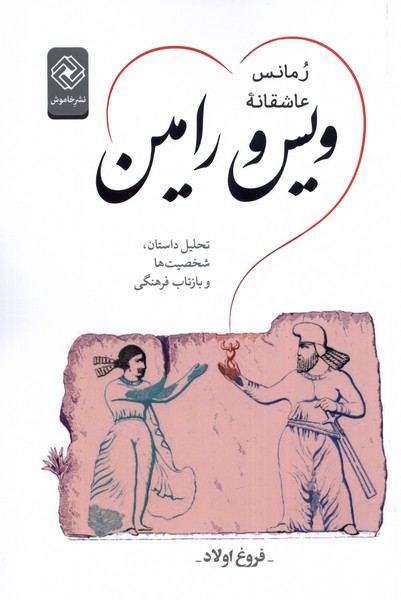فرهنگ هزوارشهای پهلوی الفارسية 1444
Farhang-i huzvārish'hā-yi pahlavī
42٫46 $
مشاركة
Wishlist
Dr. Mohammad Javad Mashkoor can be counted as one of the second generation of scientists who learned the Pahlavi language and was among others the teacher of this language at Tabriz University from 1327 to 1337. In the introduction of the book, he first deals with the historical roots of the word hazvarashs. After that, he divided the culture into seven parts. The first part of this book is the Pahlavi culture, which is the basis of Pahlavi culture. The third part is hazvarashes that are not found in Pahlavi culture, which the author extracted from Pahlavi books and dictionaries. The fourth part consists of Parthian and Parsik hazvarashes, which are found in Sasanian inscriptions and Pahlavi works. The fifth part contains tables of verbs, pronouns, prepositions, conjunctions, and conjunctions with their Pazand and Farsi equivalents. It is Semitic and Iranian with their Persian, Latin, and Arabic equivalents. The seventh section also contains a comprehensive list of all the various words of this culture. By examining this book, we will understand how the author patiently collected the words from Pahlavi culture and books. He has already pulled out and in order to be sure of the correctness of their fronts, he has measured each of them with different languages and has mentioned the references of each word very carefully like the deed and the identifier of each word under each of them.
more
دکتر محمد جواد مشکور را میتوان از نسل دوم دانشمندانی برشمرد که به یادگیری زبان پهلوی پرداخت و از جمله آموزگارت این زبان در دانشگاه تبریز طی سالهای ۱۳۲۷ تا ۱۳۳۷ بود. او در مقدمه کتاب، ابتدا به ریشه یابی تاریخی کلمه هزوارشها پرداخته است. پس از آن فرهنگ را به هفت بخش تقسیم کرده است بخش اول این کتاب چاپ عکس مان فرهنگ پهلویک که اساس هزاروشهاست قرار دارد بخش دوم مشتمل بر مجموعه هزوارش هایی است که در فرهنگ پهلویک آمده است و به صورت لغت نامهای مرتب شده است. بخش سوم هزوارشهایی است که در فرهنگ پهلویک نیامده است که نویسنده آنها را از کتابهای پهلوی و لغت نامه ها استخراج کرده است. بخش چهارم مشتمل بر هزوارشهای پارتی و پارسیک است که در سنگنیشته ها و آثار پهلوی ساسانی آمده بخش پنجم مشتمل بر جداول افعال و ضمایر و حروف اضافه و ربط و فید است با معادل پازند و فارسی آنها بخش ششم ضمایم کتاب است که مشتمل بر القباهای مختلف سامی و ایرانی است با معادل فارسی لاتین و عربی آنها، بخش هفتم نیز مشتمل بر فهرست جامع از همه لغات گوناگون این فرهنگ است با بررسی این کتاب متوجه خواهیم شد که نویسنده چگونه با کمال صبر و حوصله دانه دانه کلمات را از فرهنگ پهلویک و کتابهای دیگر بیرون کشیده است و برای آن که از درستی فرانت آنها معمان ،شود هر یک را با زبانهای گوناگون سنجیده است و مراجع هر لغت را با دقت بسیار به مانند قباله و شناسه هر کلمه در ذیل یکایک آنها ذکر کرده است.
more

